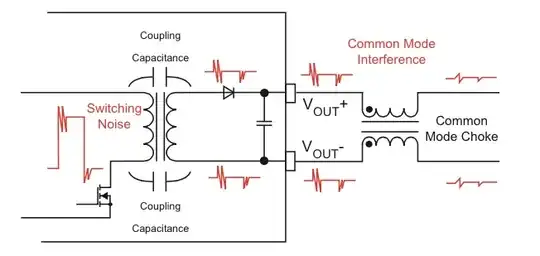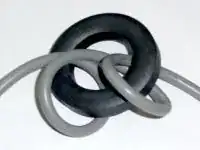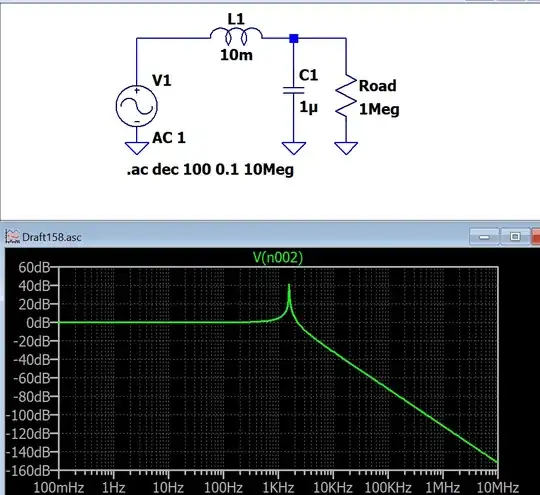Below shows the effect of a CM choke on the CM interference:
And below is a CM choke with ferrite ring for a USB cable(there is no capacitor installed):
In above examples there are no Y caps to earth ground installed yet the CM choke seems to work.
But in some filters there are also Y caps right after the CM choke for currents to return to earth ground as below:
Why are there these Y caps in some filters and not in some others? When do one need the Y caps right after the CM choke?
Edit:
Adding capacitors causes very high gain for some band, Isn't it very risky? Yes it attenuates sharper but also makes a peak for muddle band. What could be done?



